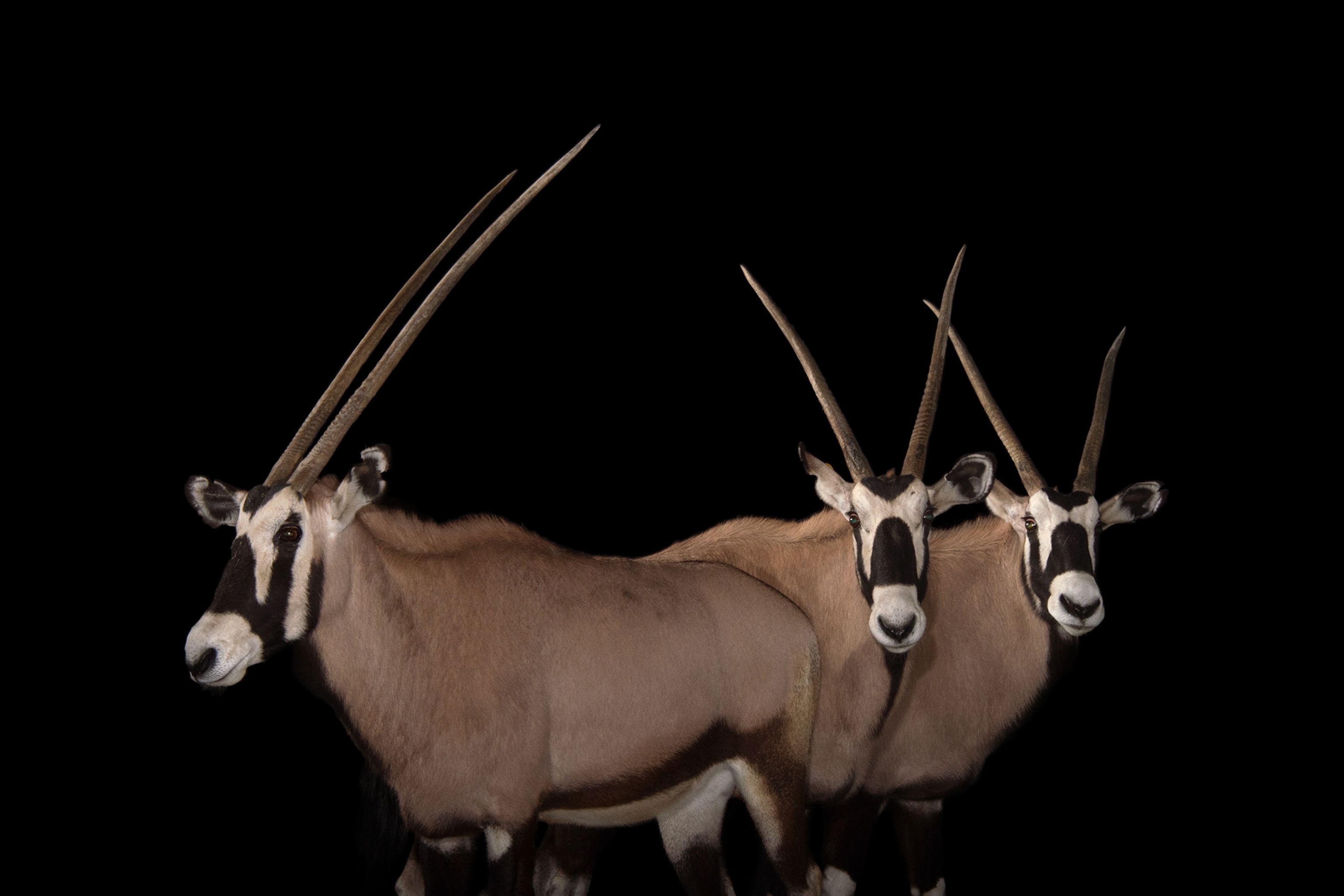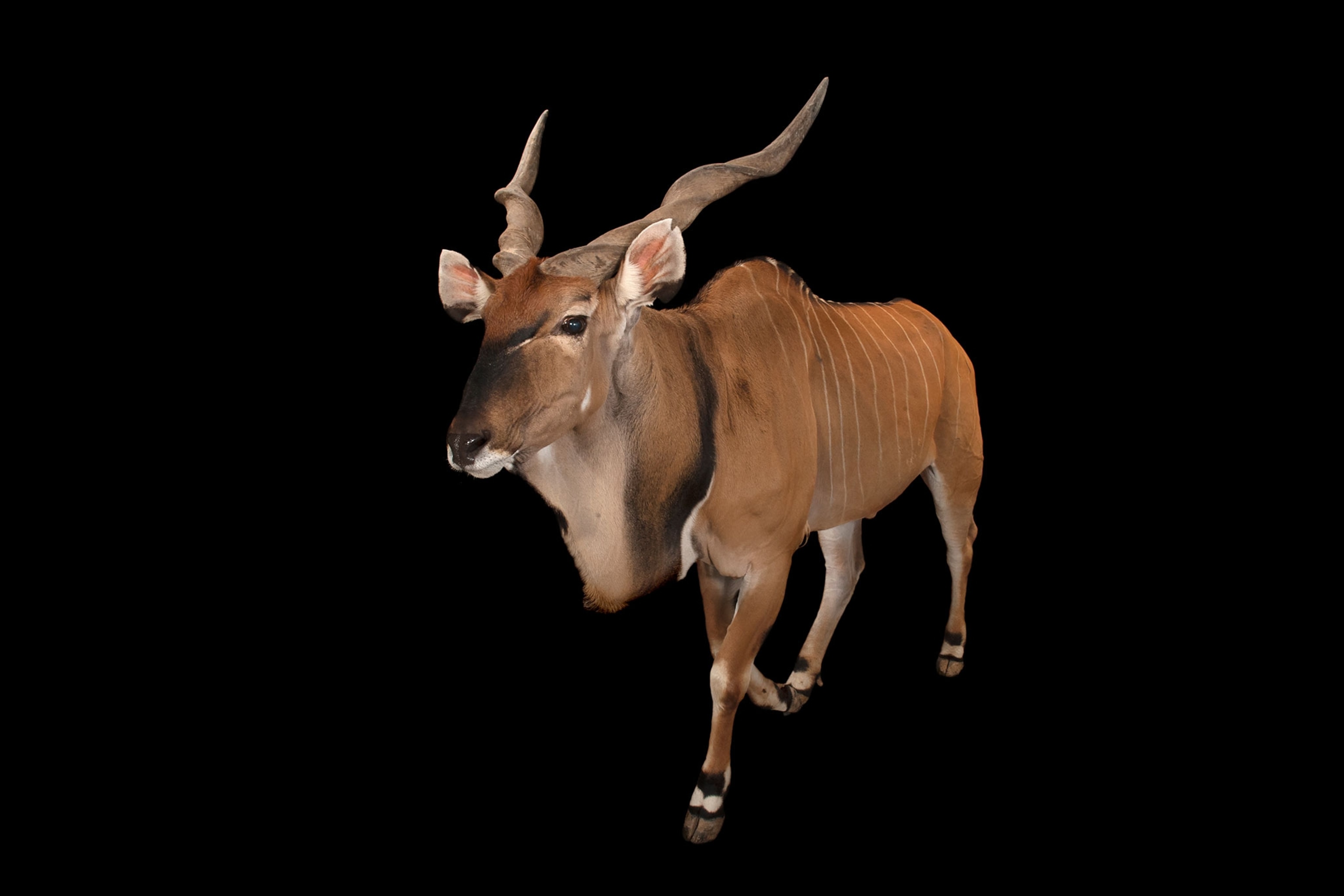Watch how crabs make their own ‘hats’ using sponges
These creative crustaceans spend hours crafting their headgear, which may protect against predators, new research reveals.
Ridiculous hats aren’t exclusive to British nobility—sponge crabs also make bold fashion statements with their headgear.
And now, new research unveils for the first time how these crustaceans form such exquisite crowns.
The 130 or so species of sponge crabs in the family Dromiidae are so named because they sport oversize “hats” made of living sponges. The animals cut themselves a chunk of sponge and shape it to fit, then carry it on their backs using special spines on their rear limbs.
Presumably, this behavior repels predators: Sponges aren’t exactly appetizing, and often contain potent poisons. (It’s unclear if the sponges benefit from being carried around, but they don’t appear to be harmed by becoming hats.)
Many crabs similarly camouflage themselves with bits of the world around them, but sponge crabs are particularly intriguing to scientists because they’re so primitive, with a much simpler neurological system than more modern crabs.
So the fact that they exhibit this kind of tool use is remarkable to begin with, and relatively little is known about how they choose or create their caps.
Meticulous hat-makers
For their research, Keita Harada of the Shirahama Aquarium and Katsushi Kagaya, an animal physiologist with the Hakubi Center at Kyoto University, set up an experiment using artificial sponges in the lab.
The team chose melamine sponge material—the same stuff in household cleaning erasers—because it’s easy to get and sinks in seawater. Then, they set up experimental tanks in which they offered 38 Lauridromia dehaani crabs three different sizes of foam, videotaping what the animals did with them.






















Perhaps the first surprise is that the crabs went for the artificial foam in the first place, suggesting that, in a pinch, anything the crabs can use to cover their bodies will do. (See pictures of a new spider-like crab found in India.)
The video footage revealed the crabs spent a lot of time on their hats: An average of 50 minutes cutting the right-size chunk from the foam piece, and as much as five hours carefully digging out the hole their body would eventually fill, according to the research, published in February on the preprint website bioRxiv.
Generally, this all happened late at night, which may be an adaptation to avoid daytime predators. And, interestingly, each crab had their own technique in styling their hat, suggesting personality traits may shape how they approach their art. Some chose to cut the large slab down into a more manageable chunk, while others chose the midsize slab instead.
For the most part, the larger the crab, the larger the chunk of foam they chose to work with. But unexpectedly, the biggest crabs seemed disinterested in the sponges altogether.
“When the crabs become larger than about [nine centimeters], they abandon choosing the sponge,” Kagaya says in an email.
He suspects that once the crabs are larger, the hat-making effort may not add enough to their defenses to be worth the time or energy.
Crabby smarts
Mary Wicksten, a crab expert at Texas A&M University, found the paper of interest, but wishes the researchers had manipulated the experiments more to really test the complexity of the crab’s behavior.
For instance, spider crabs similarly attach camouflaging materials to their carapaces through a set of maneuvers and can adjust what they use, but in their case, “if anything ‘goes wrong’, they just go back to the starting point and try again,” she says. (See six amazing animals that decorate themselves.)
Wicksten wanted to know what the crabs would have done if the researchers had intervened briefly mid-hat. For instance, if the crab had resumed making its hat, that might suggest more sophisticated cognitive processes.
Kagaya has questions of his own he’d like to answer, like whether the crabs prefer toxic or colorful materials. And that inevitably means more adorable videos of these fashionable crabs—which is good news for all of us.
Related Topics
You May Also Like
Go Further
Animals
- Orangutan seen using plants to heal wound for first timeOrangutan seen using plants to heal wound for first time
- What La Palma's 'lava tubes' tell us about life on other planetsWhat La Palma's 'lava tubes' tell us about life on other planets
- This fungus turns cicadas into zombies who procreate—then dieThis fungus turns cicadas into zombies who procreate—then die
- How can we protect grizzlies from their biggest threat—trains?How can we protect grizzlies from their biggest threat—trains?
Environment
- What La Palma's 'lava tubes' tell us about life on other planetsWhat La Palma's 'lava tubes' tell us about life on other planets
- How fungi form ‘fairy rings’ and inspire superstitionsHow fungi form ‘fairy rings’ and inspire superstitions
- Your favorite foods may not taste the same in the future. Here's why.Your favorite foods may not taste the same in the future. Here's why.
- Are the Great Lakes the key to solving America’s emissions conundrum?Are the Great Lakes the key to solving America’s emissions conundrum?
- The world’s historic sites face climate change. Can Petra lead the way?The world’s historic sites face climate change. Can Petra lead the way?
History & Culture
- Meet the ruthless king who unified the Kingdom of Hawai'iMeet the ruthless king who unified the Kingdom of Hawai'i
- Hawaii's Lei Day is about so much more than flowersHawaii's Lei Day is about so much more than flowers
- When treasure hunters find artifacts, who gets to keep them?When treasure hunters find artifacts, who gets to keep them?
Science
- Why ovaries are so crucial to women’s health and longevityWhy ovaries are so crucial to women’s health and longevity
- Orangutan seen using plants to heal wound for first timeOrangutan seen using plants to heal wound for first time
Travel
- Is it possible to climb Mount Everest responsibly?Is it possible to climb Mount Everest responsibly?
- 5 of Uganda’s most magnificent national parks
- Paid Content
5 of Uganda’s most magnificent national parks - On this Croatian peninsula, traditions are securing locals' futuresOn this Croatian peninsula, traditions are securing locals' futures




